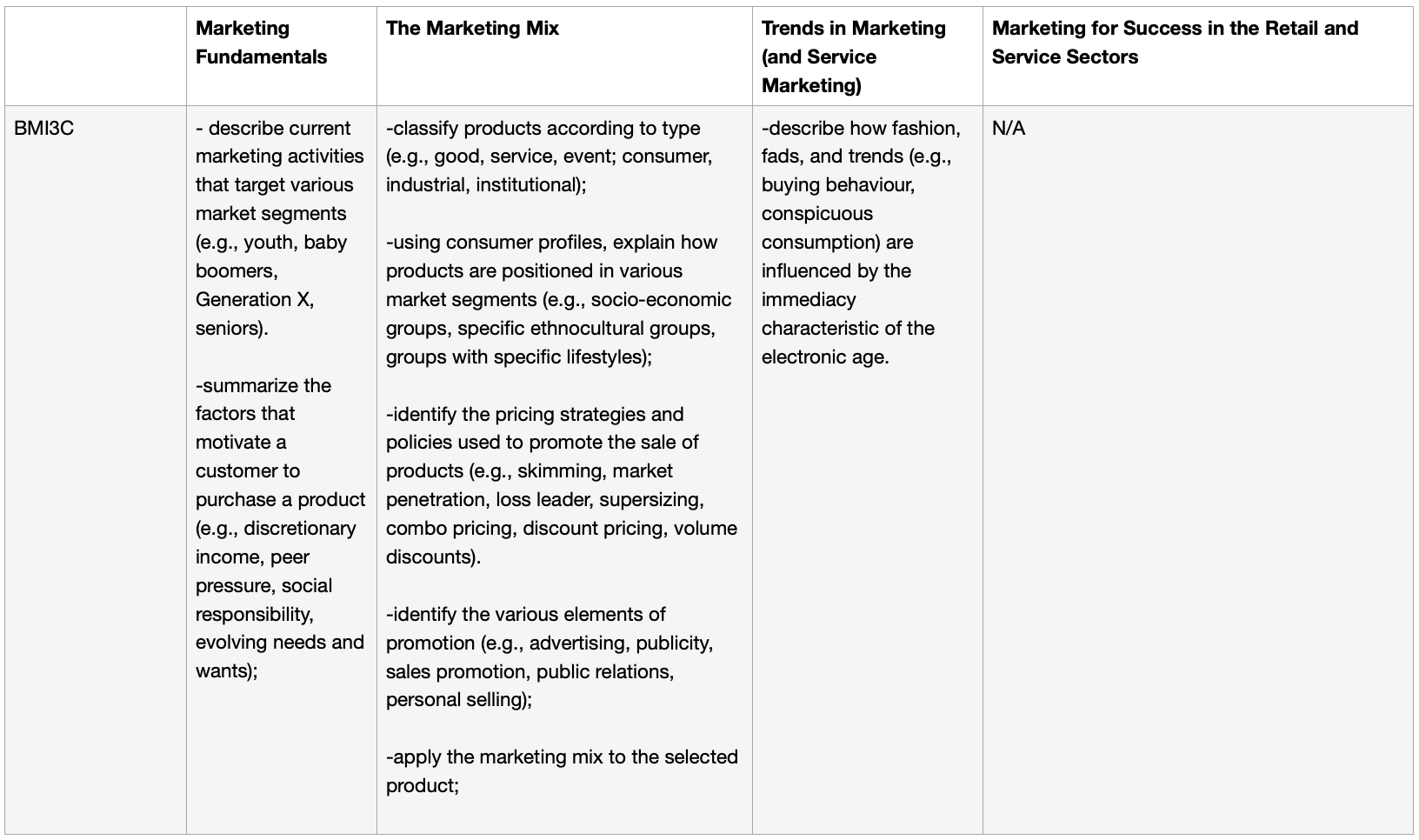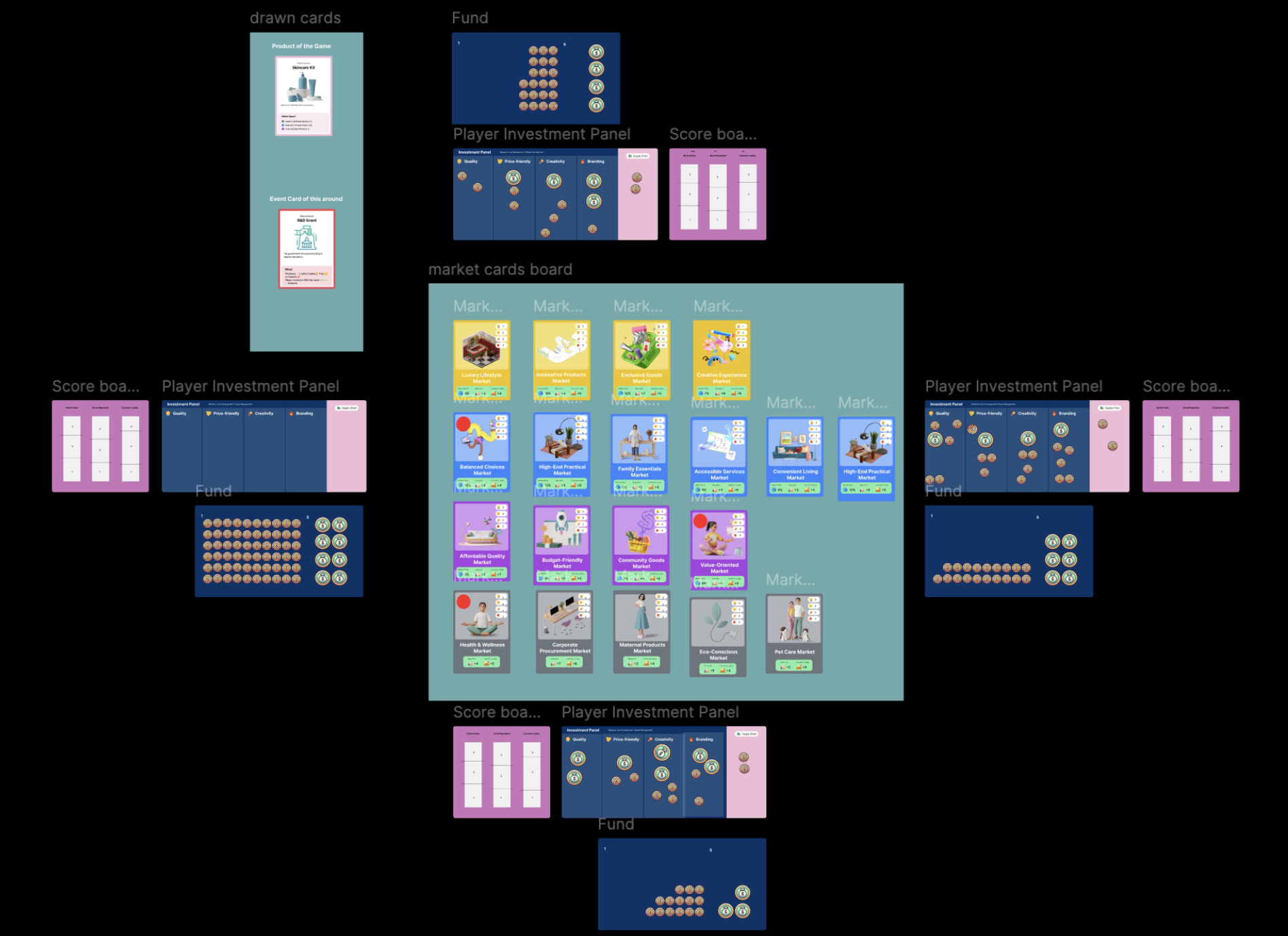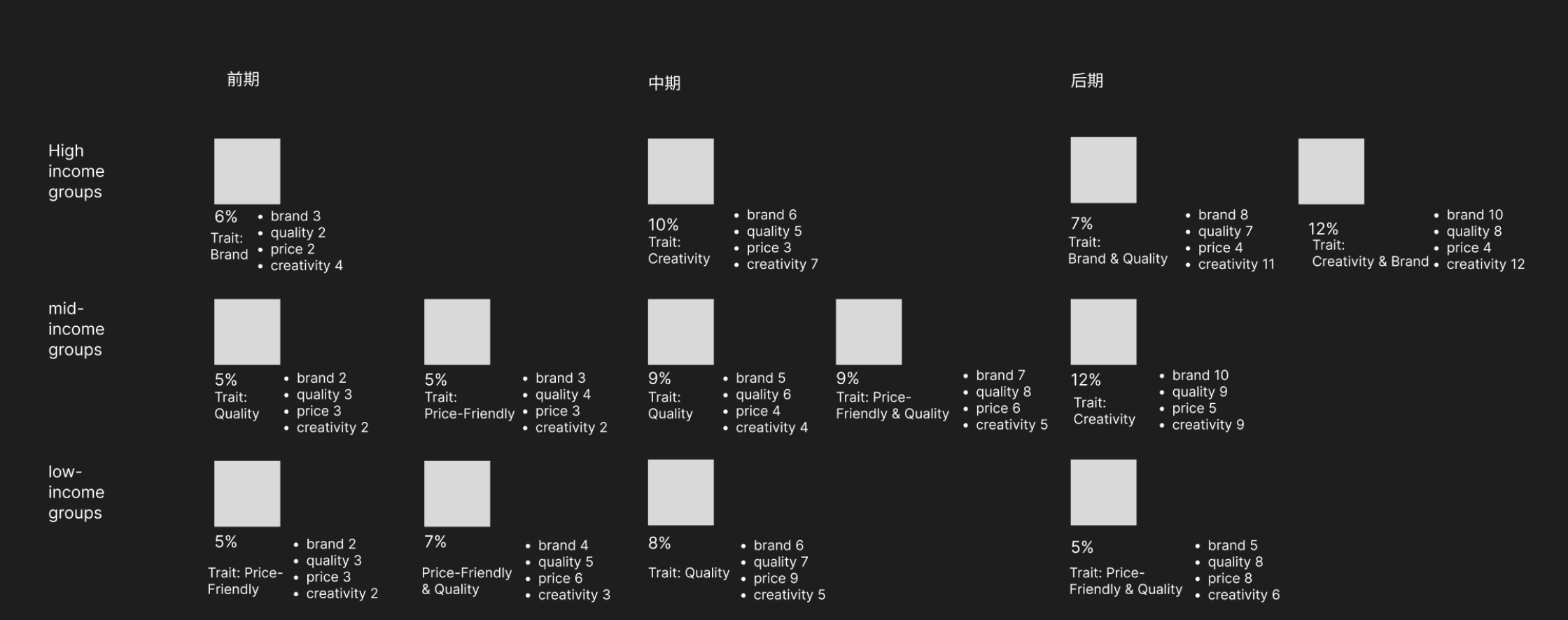Educational board game design
Market Master is a board game designed to integrate marketing concepts into an engaging, interactive experience for high school students. This project emerged from a collaborative design process aimed at addressing the Grade 11 marketing curriculum. The objective was to create a product that bridges the gap between theoretical knowledge and practical application through strategic decision-making and gameplay.
The design process involved rigorous research, prototyping, user testing, and iterative refinement, leveraging insights from product design, consumer behaviour, and game mechanics.
Why do we design board game for educational setting?
Marketing education often struggles to capture student engagement, relying heavily on lectures and static case studies. The challenge was to create a dynamic learning tool that promotes collaboration, critical thinking, and strategic planning. The absence of teaching experience within the design team presented an opportunity to apply principles from product design to craft an educational game that could resonate with both educators and students. Our design journey began with a deep dive into the Ontario Grade 11 marketing curriculum.
Our Target Audience & Learning Expectations
Our target audience for this game is primarily students who are studying Ontario Grade 11 Business Studies Curriculum: Marketing BMI3C and BMX3E (typically 16-18 years old), many of whom are enrolled in courses that include workplace-related content as part of their curriculum. This game will support their further learning or prepare entry-level work in business fields. We believe that immersing them in realistic scenarios will allow them to truly grasp the competitiveness of marketing, helping to better simulate and making practical understanding valuable. Related Ontario curriculum expectations mainly focus on the marketing mix learning and selected learning expectations from Marketing Fundamentals and Trends in Marketing/Marketing Success.
List of related Specific learning outcomes from the Ontario Curriculum grade 11 marketing :
Designing the Game Components
While our team did not formally define or communicate a cohesive design philosophy, our decision-making processes were ultimately guided by a common value: that the market is rooted in real people, and therefore, people’s needs should be prioritized. We avoided endorsing values that involve packaging products with abstract concepts aimed at stimulating excessive consumer desires, or employing manipulative advertising techniques that reinforce the cycle of consumerism. Instead, we aspired to establish a marketing framework that is fundamentally oriented toward addressing human needs.
Game Components
The board (digital version)
Investment panel
Product cards
Market cards
Final score board
Events cards
Having established the fundamental game elements with various card types, the next challenge was designing how these elements interact to form a coherent and engaging game mechanism. This integration required us to think deeply about player behavior and game flow, which we structured using the principles of the Cognitive Loop of Play. In Market Master, the process of acquiring market cards involves observing market demands, strategically planning the cards players aim to obtain, and placing tokens accordingly. If the conditions are met, players execute their actions and verify whether they align with their strategic goals. This iterative process of observation, planning, execution, and reflection ensures that players continuously adapt and refine their strategies, preparing for the next round of gameplay.
Diagram of Cognitive Loop of Play
Why do we design this way?
Mirroring the reality
Funds:
As part of a corporate marketing team, players need to consider how to utilize a limited budget to create maximum revenue for their company.
Investment strategy
These pathways replicate real-world marketing strategies, where companies must balance factors such as company operations, product quality, and pricing, which significantly impact the sales team's workload and effectiveness. Players need to understand the product traits and preferences of different customer groups to adapt their marketing strategies accordingly.
When a company's supply chain is efficient, marketing efforts reflect faster on the market, enhancing competitiveness. Therefore, the supply chain in the game helps players prioritize gaining an advantage in the market.
Event Cards
Event cards are designed to introduce unpredictability and simulate real-world market dynamics. They ensure that no single strategy is foolproof and force players to adapt to changing circumstances.
Types of Event Cards:
Global Events: Affect all players, creating a sense of environmental changes in the market.
Targeted Events: Affect specific players, encouraging counter-strategies such as helping weaker players or targeting dominant players to maintain competition.
Intervention Events: Allow players to actively disrupt opponents' strategies, increasing interactivity.
Market Cards & Customer traits
When designing market cards, we grouped market demographics by income levels, which is a relatively common and reasonable method of categorization. Then, we defined four factors that influence consumer behavior: Quality, Price, Creativity, and Branding.
Quality and price are usually the most important factors for consumers, while creativity and branding are the key areas of competition for companies during market research and development.
Based on these four traits and income levels, we categorized each income group to ensure every group has a distinct set of traits.
At the same time, we considered scenarios where consumers might exhibit multiple traits simultaneously and incorporated these into the conditions for acquiring the cards. These traits thus become the "thresholds" for earning the favor of specific demographic groups.
Game Pacing
To ensure proper game pacing, we referenced the Splendor, dividing cards into early and late-game stages to adjust the timing of players acquiring cards. At the same time, we considered potential issues, such as:
Early Game: If market entry thresholds are too high, players may struggle to enter the market, slowing the game's progression. To address this, we allow players to gain additional resources through event cards.
Mid-Game: A lack of competition might lead players to only target the easiest markets. To mitigate this, we increased the diversity of market cards by designing markets with varying trait requirements. We also introduced random event cards, such as: "A successful ad campaign boosts Creativity by +2."
Late Game: If the design of late-game market cards and rewards lacks appeal, the game might lose its tension and competitiveness. To prevent this, we raised the stakes of late-game thresholds and rewards, encouraging players to invest heavily in high-risk, high-reward markets.
Learning Component
By integrating strategic decision-making with dynamic challenges, players encounter various questions that enhance their understanding of real-world business dynamics, such as the following:
Design Justifications
Product Card Design
In order to enhance the engagement of the game, it was imperative to avoid restricting gameplay to a singular product type. However, allowing players to create their own products would require additional deliberation and consensus. To mitigate this issue, we opted to develop a pool of product cards, allowing players to randomly select a card to establish the theme for each game. This methodology provides a greater array of default options and aligns with design theory, which posits that randomness (Upton, 2017) contributes to increased enjoyment of the game. Equity and competitiveness were also pivotal factors in our design considerations. To ensure balance, all players are required to market the same type of product during each round of the game. The selection of products included in the card deck was listed on the curriculum expectations, which categorize products into four primary types: goods, services, durable goods, and non-durable goods (Ministry of Education, 2006).
Market Card Design
Consumer purchasing motivations are complex and multifaceted, driven by factors such as income, basic living needs, personal aspirations, and even ideologies (Solomon, 2018). To simplify this complexity, we focused on the shared attributes of consumers and products. Our goal was to identify consumer traits that are universally applicable across different product categories. After analyzing the decision-making process consumers undergo when making purchases, we pinpointed four primary factors they balance:
Product Quality: This reflects the long-term usage experience and reliability of the product.
Price-friendly (affordability): Pricing aligns with the purchasing power of the market.
Creativity and Design: Innovative features appeal to consumers’ pursuit of individuality and self-expression.
Brand Impact: A strong brand resonates with consumers’ aspirations for a particular lifestyle.
To refine the game mechanics, I used ChatGPT to calculate the threshold conditions and reward points for each market card based on the income structure and traits of different markets. This data-driven approach enabled a more balanced design for the market cards, ensuring that each card presents players with unique challenges and rewards tailored to the game’s objectives. Additionally, we considered incorporating localization elements, such as making the markets reflect Canadian characteristics. However, this idea was ultimately abandoned due to the potential for cognitive bias in students’ understanding of market demographics, as discussed in the rationale. Instead, we prioritized creating universally relatable market scenarios to maintain clarity and accessibility for players.
Event Card Design
Event cards were one of the core game elements finalized during our workshop discussions. They are designed to introduce unpredictability and simulate real-world market dynamics, ensuring that no single strategy remains foolproof and forcing players to adapt to changing circumstances. Initially, Rongjia’s design for the event cards focused on large-scale, global events affecting all players or scenarios tied to specific product types. However, during user testing, we discovered that event cards are most engaging when their effects are strongly correlated with token quantities or player actions. Cards that influence token-related behaviors—such as increasing or decreasing a player’s investments, encouraging interaction through token redistribution, or balancing resources based on a player’s market card advantages—proved to make the game more dynamic and engaging. These changes encourage players to rethink their strategies and create opportunities for more interactive decision-making, ultimately enhancing the game’s depth and unpredictability.
User Testing
First Internal Testing (Two Players):
The entry value threshold for acquiring the first card was too high, making it difficult to start.
The game pace could be adjusted by altering the number of tokens distributed per round. In a two-player game, using 5 tokens per round allowed the game to conclude in approximately 40 minutes. For four-player testing, we reduced the number to 3 tokens per round.
Event cards needed balancing. We introduced cards that grant additional tokens to weaker players, such as those who had not yet acquired any market cards.
The scoring system required further adjustment, particularly in terms of point distribution.
We decided to place rewards on harder-to-obtain late-game cards, deprioritizing rewards for early-game cards.
Second External Testing (Four Players):
There was ambiguity in determining who would acquire a card when multiple players
competed for the same market card with equal resources.
Event cards were adjusted to ensure they did not affect market share or rewards associated with market cards directly but only influenced token-related behaviors.
Used Figma as online user testing tool
Further Advancement
The educators could facilitate students to independently explore marketing concepts during gameplay and subsequently engage in discussions regarding their strategies and outcomes in class. However, some challenges to implementation may emerge. The initial setup and learning curve associated with the game could be time-intensive, particularly in classrooms with constrained instructional time. In addition, educators may need to provide scaffolding or differentiated instruction to ensure that all students derive benefits from the experience.
- Thank you -
Literature References
Gee, J. P. (2003). What video games have to teach us about learning and literacy. Computers in entertainment (CIE). https://doi.org/10.1145/950566.950595
Kolb’s Experiential Learning Cycle. (n.d.). Toronto Metropolitan University (TMU). Retrieved November 5, 2024, from https://www.torontomu.ca/experiential-learning/faculty-staff/kolbs-el-cycle/
Kotler, P., & Keller, K. L. (2016). Marketing management (15th ed.). Pearson Education. ISBN-13: 9780134058498
Ministry of Education. (2006). The Ontario curriculum, grades 11 and 12: Business studies (revised). Ontario Ministry of Education. https://www.edu.gov.on.ca/eng/curriculum/secondary/business1112currb.pdf
Pelletier, C. (2005). Book review: Rules of play: Game design fundamentals. Visual Communication, 4(1), 121–124. https://doi.org/10.1177/1470357205048940
Sheth, J. N., Newman, B. I., & Gross, B. L. (1991). Why we buy what we buy: A theory of consumption values. Journal of Business Research, 22(2), 159–170. https://doi.org/10.1016/0148-2963(91)90050-8
Solomon, M. R. (2018). Consumer behavior: Buying, having, and being (8th ed.). (2009). Management Decision, 47(5), 845–848. https://doi.org/10.1108/00251740910960169
Upton, B. (2017). Situational game design (1st ed.). CRC Press. https://doi.org/10.1201/b21655



















